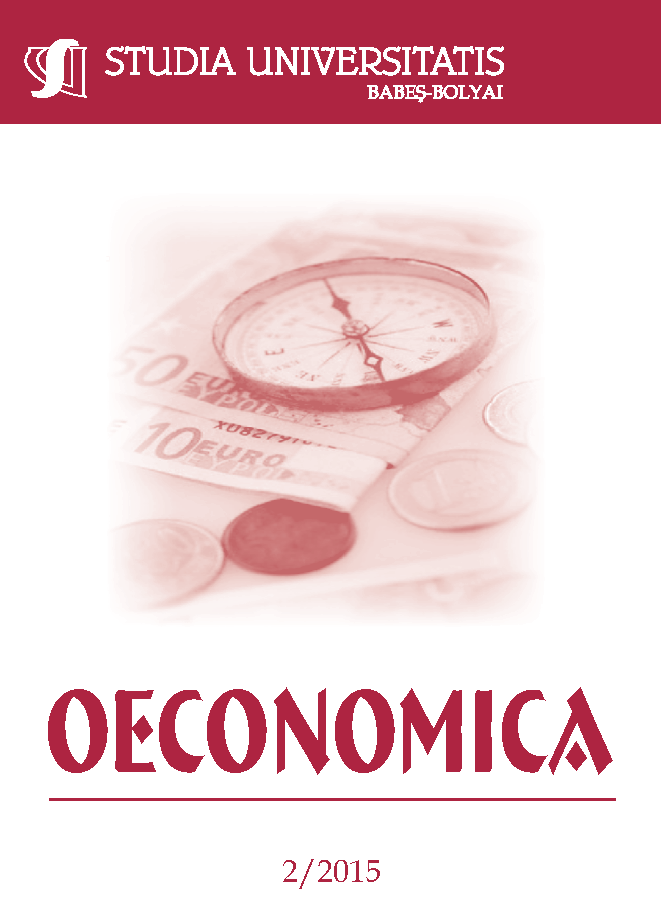DETERMINANTS OF FINANCIAL KNOWLEDGE AMONG ADOLESCENTS
Keywords:
Financial literacy, youth, secondary school pupils, ZimbabweAbstract
The study measures the level of financial knowledge among the adolescents in Zimbabwe, with a particular focus on secondary school pupils. Financial knowledge is critical in providing lifelong skills and knowledge for handling personal finances beyond school. A sizeable amount of previous studies underscores the importance of financial knowledge in making sound financial decisions leading to financial growth and wealth accumulation. A descriptive cross-sectional research design was employed, with data being collected from Gweru district’s ten secondary schools. The schools were spread across the three strata (secondary schools in low-density areas, secondary schools in high-density areas and secondary schools in rural areas). A self-administered questionnaire with 44 questions, adapted from the Jump$tart financial literacy survey, was employed to collect data and 763 students participated in the study. Results revealed that the average financial knowledge score was very low at 33.3%. The location of the school and student’s learning mode were the important determinants of financial knowledge among respondents. Financial knowledge did not vary by gender. It was concluded that secondary school pupils are less knowledgeable about financial decision making and this will reduce their financial prosperity. Clearly, broader environmental factors such as school location and learning mode exerted the most important influence in the accumulation of financial knowledge. The study recommends that the Ministry of Education, Sport and Culture should consider introducing a compulsory subject at the Ordinary level of study so as to equip the students with the important skill in personal finance management.
JEL classification: A21, D11, D12, D14
References
Beverly, S.G., & Burkhalter, E.K. (2005). Improving the financial literacy and practices of youths. Children & Schools., 27(2): 121-124.
Chen, H., & Volpe, R.P. (1998). An analysis of personal financial literacy among college studnets. Financial Services Review, 7(2): 107-128.
Davis, K., & Durband, D.B. (2008). Valuing the implementation of Financial Literacy Education. Financial Counseling and Planning 19(1): 20-30.
Fox, J. J., Bartholomae, S., & Lee, J. (2005). Building the Case for Financial Education. Journal of Consumer Affairs, 39(Summer), 244-249.
Gay, L. R., Mills, G. E., & Airasian, P. (2006). Educational research: competencies for analysis and applications. New Jersey: Prentice Hall: Upper Saddle River.
Huston, S. J. (2010). Measuring Financial Literacy. The Journal of Consumer Affairs, 44(2): 296-316.
Jorgensen, B.L., & Savla, J. (2010). Financial Literacy of Yound Adults: The Importance of Parential Socialization. Family Relations, 59, 465-478.
Lusardi, A., Mitchell, O.S., & Curto, V. (2010). Financial Literacy among the Young. The Journal of Consumer Affairs, 44(2): 358-380.
Lyons, A.C., & Hunt, J.L. (2003). The credit practices and financial education needs of community college students. Financial Counseling and Planning 14(1): 63-74.
Mandell, L. (2008). The financial literacy of young American adults. Washington DC: The Jump$tart Coalition for Personal Financial Literacy. Retrieved from: http://jumpstart.org/assets/files/2008SurveyBook.pdf.
Mandell, L., & Klein, L.S. (2007). Motivation and financial literacy. Financial Services Review, 16, 105-116.
Mandell, L., & Klein, L.S. (2009). The impact of Financial Literacy Education on Subsequent Financial Behaviour. Financial Counseling and Planning, 20(1): 15-24.
Meier, S., & Sprenger, C.D. (2012). Discounting Financial Literacy: Time preferences and participation in financial education programs. Journal of Economic Behaviour & Organization, doi:10.1016/j.jebo.2012.02.024.
Moschis, G.P. (1985). The role of family communication in consumer socialization of children and adolescents. Advances in Consumer Research, 11, 898-913.
Norvilitis, J.M., Szablicki, P.B., & Wilson, S.D. (2003). Factors influencing levels of credit-card debt in college students. Journal of Applied Social Psychology, 33, 935-947.
Sohn, S.-H., Joo, S.-H., Grable, J.E., Lee, S., & Kim, M. (2012). Adolescents' financial literacy: The role of financial socialization agents, financial experiencies, and money attitudes in shaping financial literacy among South Korean youth. Journal of Adolescence, 35, 969-980.
The World Bank. (2013). World Development Indicators. Retrieved 15 September 2013, from The World Bank, http://data.worldbank.org/country/zimbabwe#cp_wdi.
Willis, L.E. (2008). Agaisnt Financial Literacy Education. Iowa Law Review, 94, 197-285.
Xu, L., & Zia, B. (2012). Financial Literacy around the World: An Overview of the Evidence with Practical Suggestions for the Way Forward. The World Bank Policy Research Working Paper, 6107.
Downloads
Published
How to Cite
Issue
Section
License
Copyright (c) 2015 Studia Universitatis Babeș-Bolyai Oeconomica

This work is licensed under a Creative Commons Attribution-NonCommercial-NoDerivatives 4.0 International License.






